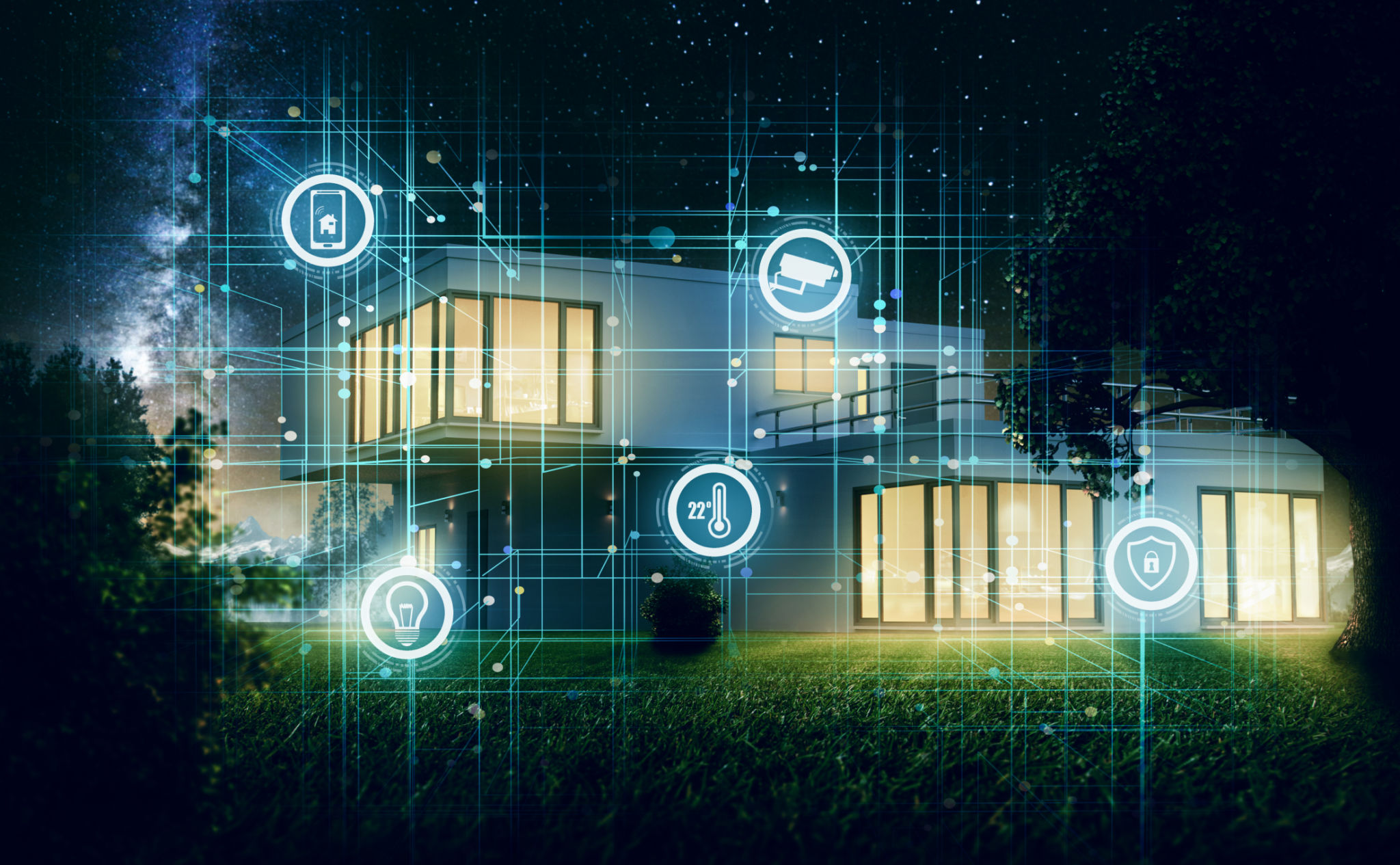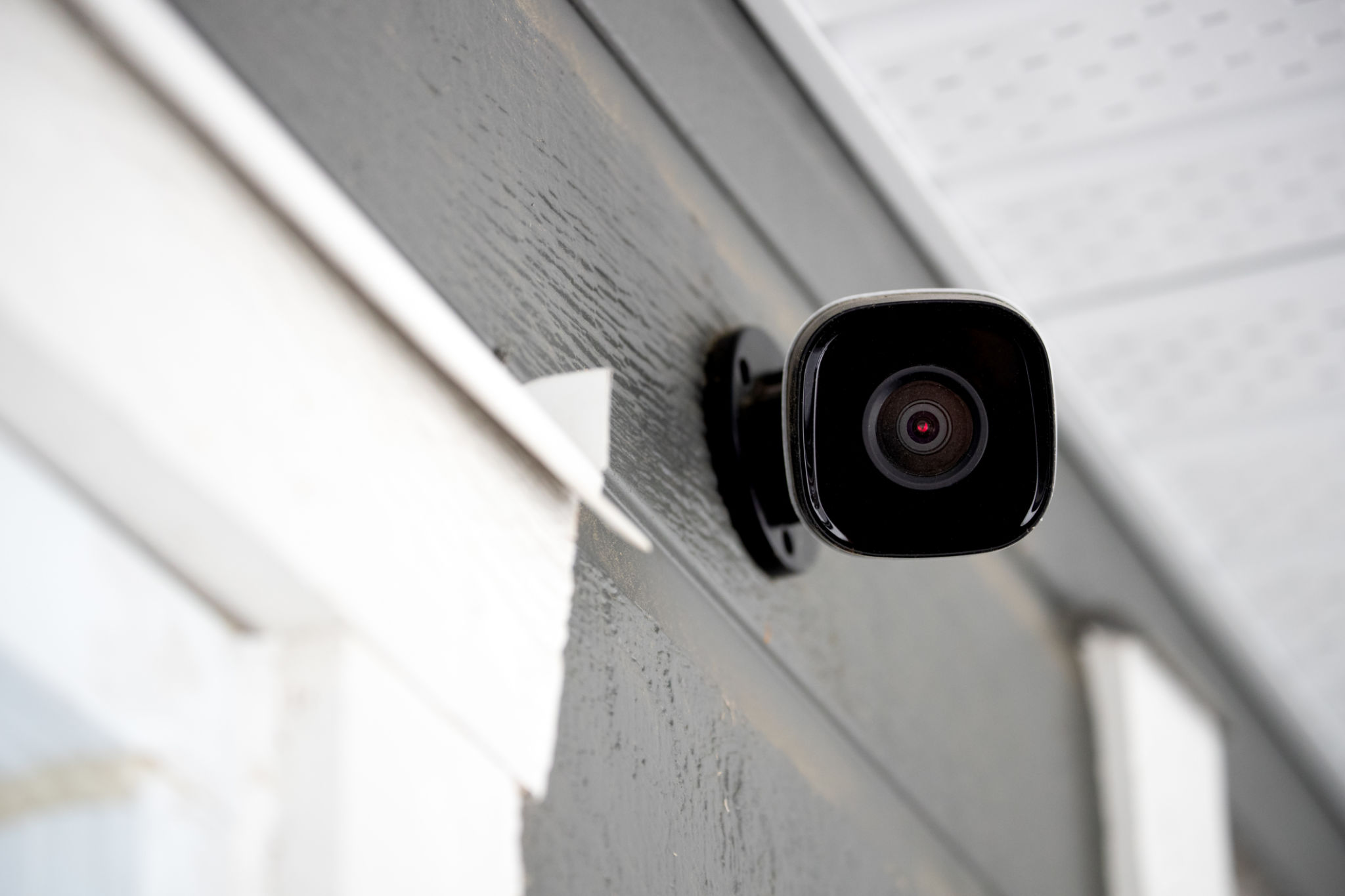How Motion-Activated Home Devices Enhance Daily Living
Introduction to Motion-Activated Home Devices
In recent years, technology has seamlessly integrated into our daily lives, transforming the way we live, work, and interact with our environment. One of the most significant advancements in smart home technology is the rise of motion-activated devices. These devices enhance convenience, improve security, and promote energy efficiency in our homes.

Convenience at Your Fingertips
Motion-activated home devices offer unparalleled convenience by automating routine tasks. Imagine walking into a room and having the lights automatically turn on, or waving your hand to activate a faucet. These devices eliminate the need for manual switches, making everyday tasks more efficient. This hands-free technology is especially beneficial for those with mobility issues or busy households where efficiency is key.
Some of the most popular motion-activated devices include:
- Automatic lighting systems
- Motion-sensor faucets
- Hands-free trash cans
- Smart thermostats
Enhancing Home Security
Security is a top priority for homeowners, and motion-activated devices play a crucial role in enhancing home safety. Motion sensors can be strategically placed around your property to detect any unusual activity. When triggered, these devices can activate alarms, send alerts to your smartphone, or even record footage, providing peace of mind and helping deter potential intruders.

By integrating motion-activated cameras and lights, homeowners can create a comprehensive security system that is both effective and user-friendly. These systems can be monitored remotely, allowing you to keep an eye on your property no matter where you are.
Promoting Energy Efficiency
Beyond convenience and security, motion-activated devices contribute significantly to energy conservation. By ensuring that lights and appliances are only active when needed, homeowners can reduce their energy consumption and lower utility bills. Smart thermostats, for example, can adjust heating and cooling based on occupancy, optimizing energy use without sacrificing comfort.
Implementing motion-activated lighting systems in commonly used areas such as hallways, bathrooms, and kitchens can prevent unnecessary energy wastage, making your home not only more sustainable but also cost-effective.

Future of Motion-Activated Technology
The future of motion-activated technology in homes looks promising as more innovations continue to emerge. With advancements in artificial intelligence and machine learning, these devices are becoming smarter, adapting to the habits and preferences of users to provide a more personalized experience.
We can expect to see more integration with other smart home technologies, creating an interconnected ecosystem that responds intuitively to our needs. From personalized lighting settings to advanced security protocols, the possibilities are endless.
Conclusion
Motion-activated home devices have revolutionized the way we interact with our living spaces. By offering enhanced convenience, improved security, and promoting energy efficiency, these devices make daily living more comfortable and sustainable. As technology continues to evolve, we can look forward to even more innovative solutions that will further enhance our quality of life.
